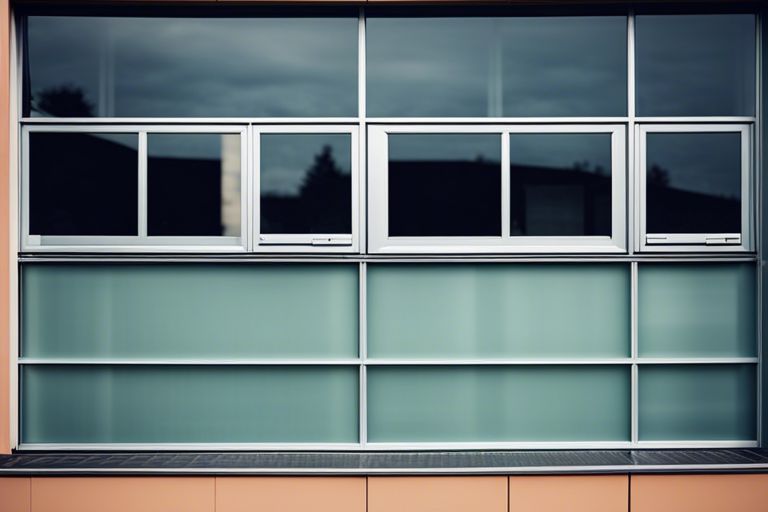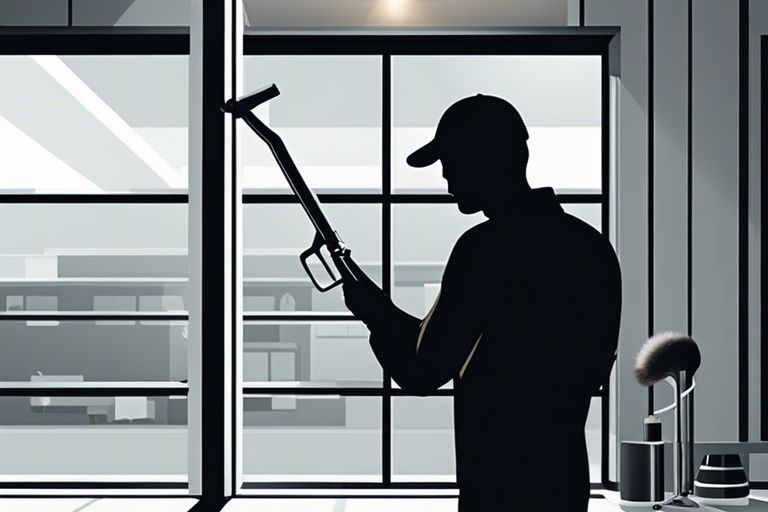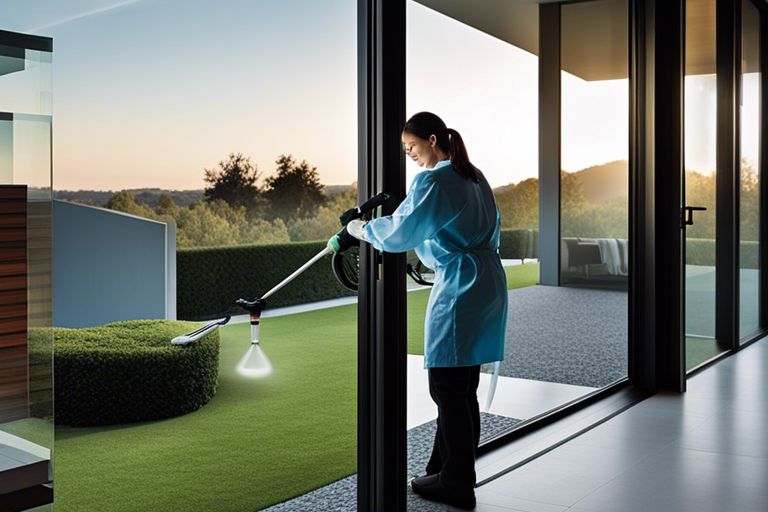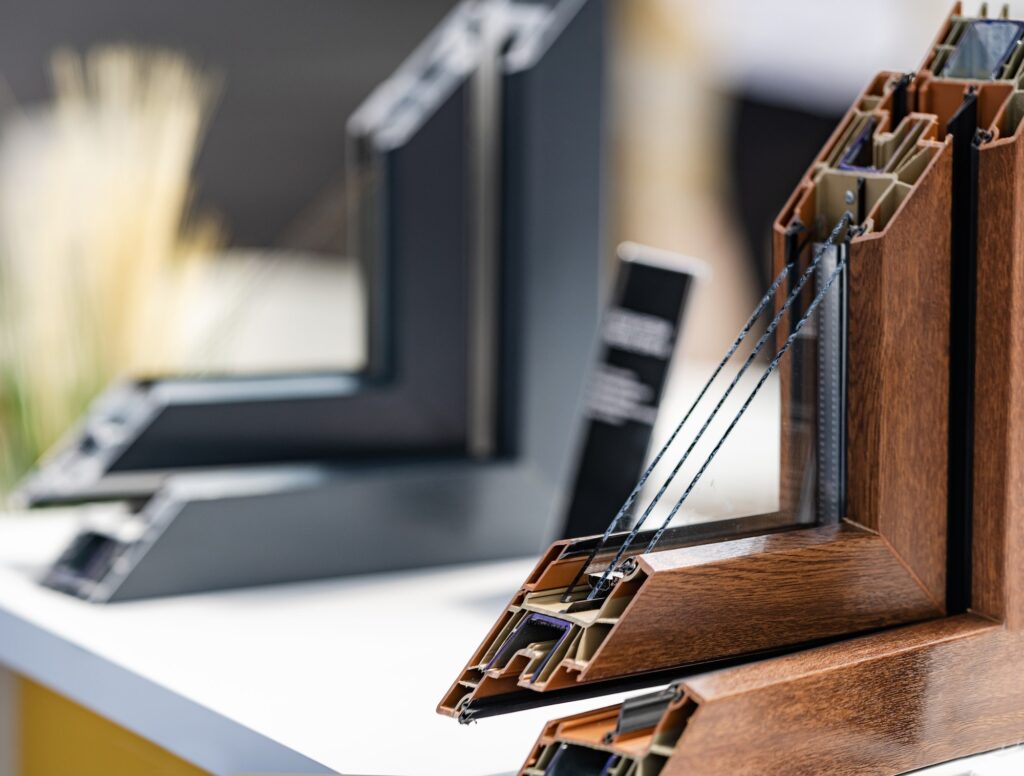When it comes to modern architectural design, curtain wall framing offers a multitude of benefits that make it a popular choice in construction projects. This innovative method involves creating a non-structural outer covering of a building to keep out the elements, improve energy efficiency, and enhance aesthetics. One of the key advantages of curtain wall framing is its ability to maximise natural light within a building, reducing the need for artificial lighting and lowering energy costs. Additionally, this type of framing allows for flexibility in design, enabling architects to create unique, eye-catching facades that can set a building apart from its surroundings. Furthermore, curtain wall systems provide improved thermal performance and weather resistance, contributing to the overall durability and sustainability of a structure.
Key Takeaways:
- Enhanced Aesthetic Appeal: Curtain wall framing allows for large expanses of glass, giving buildings a modern and sleek look.
- Improved Natural Light: The design of curtain walls maximises the entry of natural light into a building, providing a brighter and more inviting interior space.
- Energy Efficiency: Curtain walls can be designed with energy-efficient features, such as thermal breaks and low-emissivity glass, to help reduce heating and cooling costs.
Fundamentals of Curtain Wall Systems
When it comes to constructing modern buildings, curtain wall framing plays a crucial role in providing both aesthetic appeal and practical functionality. Understanding the fundamentals of curtain wall systems is essential for architects, engineers, and developers aiming to create innovative and sustainable structures.
Components and Materials
The key components of a curtain wall system include glass panels, aluminium frames, sealants, anchors, and thermal insulation. These materials are carefully selected to ensure durability, energy efficiency, and structural integrity of the building facade. Proper installation and maintenance of these components are vital to prevent water infiltration, air leakage, and thermal inefficiencies.
Types of Curtain Wall Framing
There are two main types of curtain wall framing commonly used in construction: stick-built and unitised systems. Stick-built framing involves assembling the frame on-site, offering flexibility in design and installation. Unitised framing, on the other hand, consists of factory pre-assembled panels that are transported to the site for faster installation.
- Stick-built: Allows for on-site customisation and adjustments.
- Unitised: Offers quicker installation and better quality control.
| Component | Importance |
| Glass Panels | Provide natural light and aesthetic appeal |
| Aluminium Frames | Ensure structural support and durability |
| Sealants | Prevent water infiltration and air leakage |
| Anchors | Secure the curtain wall to the building structure |
| Thermal Insulation | Enhance energy efficiency and occupant comfort |
Furthermore, the choice of curtain wall framing depends on various factors such as building height, design complexity, budget constraints, and construction schedule. Architects and engineers must evaluate the specific requirements of each project to determine the most suitable framing system that meets performance standards and design intent.
- Architects and engineers: Play a crucial role in selecting the appropriate framing system.
- Framing system: Must meet performance standards and design requirements.
| Factor | Consideration |
| Building Height | Impacts structural loads and wind resistance |
| Design Complexity | Influences system customization and detailing |
| Budget Constraints | Affects material selection and installation costs |
| Construction Schedule | Determines the efficiency of installation and project timeline |
| Performance Standards | Ensure compliance with safety and sustainability requirements |

Energy Efficiency and Environmental Benefits
When it comes to building design, curtain wall framing offers numerous advantages in terms of energy efficiency and environmental benefits. This innovative construction method not only enhances the aesthetics of a building but also plays a crucial role in reducing energy consumption and promoting sustainability.
Insulation and Thermal Performance
One of the key advantages of curtain wall systems is their excellent insulation properties, which help in maintaining indoor temperatures and reducing reliance on artificial heating and cooling systems. By incorporating double or triple glazing, thermal breaks, and insulated spandrel panels, curtain walls significantly improve the thermal performance of a building, resulting in lower energy bills and reduced carbon footprint.
The insulation provided by curtain wall systems not only enhances the comfort of occupants but also contributes to the overall sustainability of a structure. By minimising heat transfer through the building envelope, curtain walls play a vital role in energy conservation and environmental protection, making them an ideal choice for modern architectural designs.
Sustainable Materials and Life-Cycle Analysis
Curtain wall framing can be constructed using a variety of sustainable materials, including aluminium, steel, and glass, all of which are recyclable and contribute to reducing the environmental impact of construction projects. Furthermore, life-cycle analysis of curtain walls has shown that these systems have a longevity that surpasses many traditional building materials, resulting in fewer resources being used over time.
When considering the environmental benefits of curtain wall systems, it is essential to look beyond the initial construction phase and examine the entire life cycle of the building. By prioritising sustainable materials and conducting thorough life-cycle analyses, architects and developers can make informed decisions that not only benefit the environment but also lead to long-term cost savings and improved building performance.
Aesthetic and Design Advantages
Flexibility in Design
Curtain wall framing offers a remarkable degree of flexibility in architectural design. With the ability to create almost any shape or size of facade, architects have the freedom to experiment with unique and innovative designs. This design flexibility allows for the creation of striking visual effects, giving buildings a distinctive and contemporary look.
Moreover, the flexibility in design enables architects to incorporate various materials such as glass, metal, or stone into the curtain wall system. This mix of materials adds depth and texture to the building facade, enhancing its overall visual appeal and creating a dynamic interplay of light and shadow.
Integration with Building Aesthetics
One of the key advantages of curtain wall framing is its seamless integration with the aesthetics of a building. The clean, uninterrupted expanse of glass creates a modern and sleek appearance that complements a range of architectural styles. Whether used in a commercial high-rise or a residential complex, curtain walls can enhance the overall look and feel of a structure.
By blending seamlessly with a building’s design, curtain walls can help architects achieve a cohesive and harmonious look. The ability to customise the appearance of the curtain wall system further allows for the creation of bespoke, visually appealing facades that set buildings apart from their surroundings.
Integration with building aesthetics goes beyond just visual appeal. The use of curtain wall framing can also improve a building’s energy efficiency and sustainability, making it an environmentally-friendly choice for modern construction projects.
Structural Benefits and Safety Features
When it comes to structural benefits and safety features, curtain wall framing offers a range of advantages that make it a preferred choice for modern building design. From its load-bearing capabilities to its resistance to environmental stressors, curtain wall systems provide unparalleled structural integrity and safety.
Load-Bearing Capabilities
Curtain wall framing is designed to support the weight of the building envelope and transfer it to the building’s structure. This system allows for large expanses of glass and minimal framing, creating a visually appealing facade while ensuring structural stability. The flexibility in design and material choices makes curtain walls an ideal solution for buildings with complex structural requirements.
Resistance to Environmental Stressors
Curtain wall systems are engineered to withstanding harsh weather conditions such as wind, rain, and snow. The air and water tightness of curtain walls helps in maintaining the building’s thermal efficiency and protecting it from moisture intrusion. Additionally, curtain walls can be designed to be earthquake-resistant, providing an added layer of safety in seismic-prone areas.
It is important to note that the aluminium framing commonly used in curtain wall systems is non-corrosive and low maintenance, further enhancing the longevity and durability of the structure.

Economic Considerations
Cost-Effectiveness and Value
When considering curtain wall framing, one of the significant advantages is the cost-effectiveness and value it offers. Curtain walls are typically lighter than traditional building facades, reducing the structural load on the building. This means that construction costs can be lower as less material is required for the overall building structure. Additionally, the prefabrication of curtain wall components can lead to quicker installation times, saving on labour costs.
Furthermore, curtain wall systems allow for flexibility in design, enabling architects to create unique and visually appealing facades. This aesthetic appeal can add value to a building, making it more attractive to potential buyers or tenants. The longevity of curtain wall systems also contributes to their cost-effectiveness, as they require minimal maintenance over their lifespan.
Maintenance and Longevity
Another key advantage of curtain wall framing is its low maintenance requirements and longevity. Curtain walls are designed to withstand weather elements, reducing the risk of deterioration over time. The materials used in curtain walls, such as aluminium and glass, are durable and resistant to corrosion, ensuring a longer lifespan for the building facade.
With regular inspections and maintenance checks, curtain wall systems can remain in optimal condition for decades. This reduced need for maintenance not only saves on costs but also ensures that the building maintains its aesthetic appeal and structural integrity for years to come.
Challenges and Mitigation Strategies
Installation Complexities
One of the primary challenges faced when using curtain wall framing is the installation complexities involved. The large, heavy panels can be difficult to handle and install, requiring careful planning and coordination to ensure a smooth and safe installation process. Additionally, the need for specialised equipment and skilled labour can add to the complexity of the installation.
To mitigate these challenges, it is essential to engage experienced professionals who are well-versed in curtain wall systems. Proper training and supervision are crucial to ensure the installation is carried out efficiently and safely. Additionally, detailed planning and coordination between all parties involved in the project can help streamline the installation process and minimise any potential issues.
Addressing Common Concerns
Another common concern when using curtain wall framing is the potential for water leakage and air infiltration. Improper installation or poor quality materials can lead to water seepage and air leaks, which can compromise the structural integrity and energy efficiency of the building. Additionally, the aesthetic appearance of the curtain wall can be affected if these issues are not addressed effectively.
To address these concerns, it is imperative to use high-quality materials and ensure thorough testing and quality control throughout the installation process. Regular inspections and maintenance are also crucial to identify and rectify any potential issues before they escalate. By taking proactive measures and investing in quality materials, the risk of water leakage and air infiltration can be significantly reduced.
Furthermore, regular assessments and maintenance of the curtain wall system can help prolong its lifespan and maintain its performance over time. By addressing common concerns early on and implementing effective mitigation strategies, the benefits of curtain wall framing can be maximised while minimising any potential risks.

The Advantages of Curtain Wall Framing
Curtain wall framing offers several advantages in modern architecture. Its lightweight construction helps reduce the overall load on the building structure and allows for larger, aesthetically pleasing glass facades that enhance natural light penetration and provide stunning views. Additionally, the flexibility in design and various material options available make curtain wall framing a versatile choice for architects looking to create unique and innovative building exteriors. Moreover, the prefabricated nature of curtain wall systems allows for quicker installation, resulting in time and cost savings during construction. Overall, the advantages of curtain wall framing make it a popular and beneficial choice for contemporary building projects.
FAQ
Q: What are the advantages of curtain wall framing?
A: Curtain wall framing offers several advantages, including enhanced natural lighting, improved thermal performance, and greater design flexibility. It also provides better sound insulation and can help with the integration of sustainable features.
Q: How does curtain wall framing enhance natural lighting?
A: Curtain wall framing typically involves large glass panels that allow natural light to penetrate deeper into a building. This can help reduce the need for artificial lighting during the day, creating a more open and inviting interior space.
Q: What is the significance of improved thermal performance in curtain wall framing?
A: By using advanced materials and design techniques, curtain wall framing can help enhance a building’s thermal performance. This can lead to reduced energy consumption, lower heating and cooling costs, and a more comfortable indoor environment for occupants.






